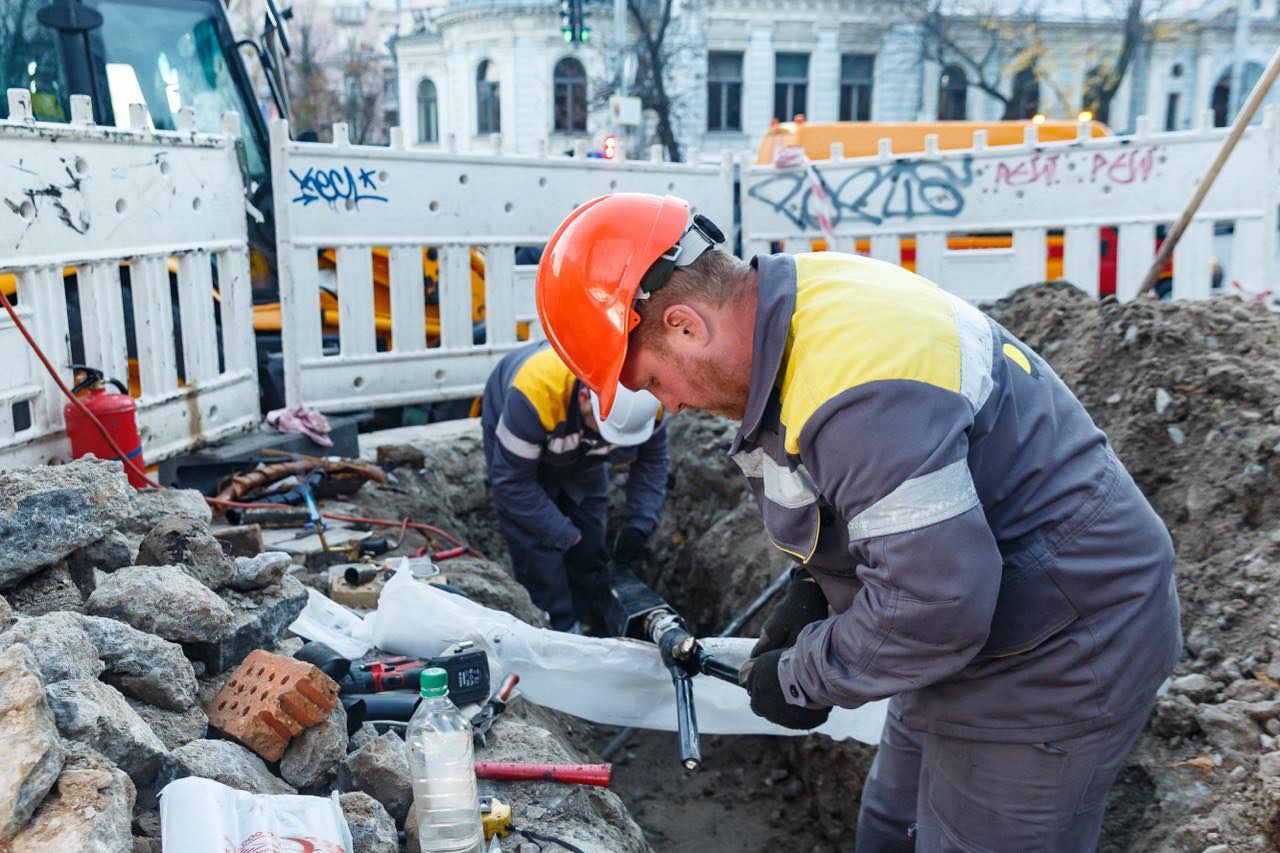Military intelligence: Russia has enough missiles for key targets like Kyiv

Russia can produce enough missiles to continue strikes against key targets like Kyiv, the military intelligence spokesperson Andrii Yusov told Ukrainska Pravda in an interview published on June 8.
Moscow changed its bombing strategy compared to last winter. Back then, Russian forces used large amounts of missiles in an unsuccessful attempt to cripple Ukraine’s energy system.
This attempted "blitzkrieg" used up much of its stockpiles for a time. The following lull in attacks gave Russia time to partially renew its arsenal.
The current tactics involve combined attacks by missiles and drones against key targets that are "sacred" to Russian dictator Vladimir Putin, like the country’s capital of Kyiv, according to Yusov.
Defense Intelligence Deputy Chief Vadym Skibitsky said on May 19 that Russia can produce up to 67 missiles per month, including 35 Kh-101s cruise missiles, 25 Kalibr cruise missiles, five M723 ballistic missiles for the Iskander-M system, and two Kinzhal hypersonic ballistic missiles.
This means that Moscow successfully managed to acquire components for advanced munitions despite Western sanctions aiming to prevent that.
In 2022, Ukraine's partners announced sanctions that should have prevented Western components necessary for building advanced missiles from reaching Russia.
However, Moscow employed a network of intermediaries in third countries to circumvent similar restrictions.
Russian forces launched exceptionally heavy strikes against the capital during the spring, with 17 air attacks carried out during May.












